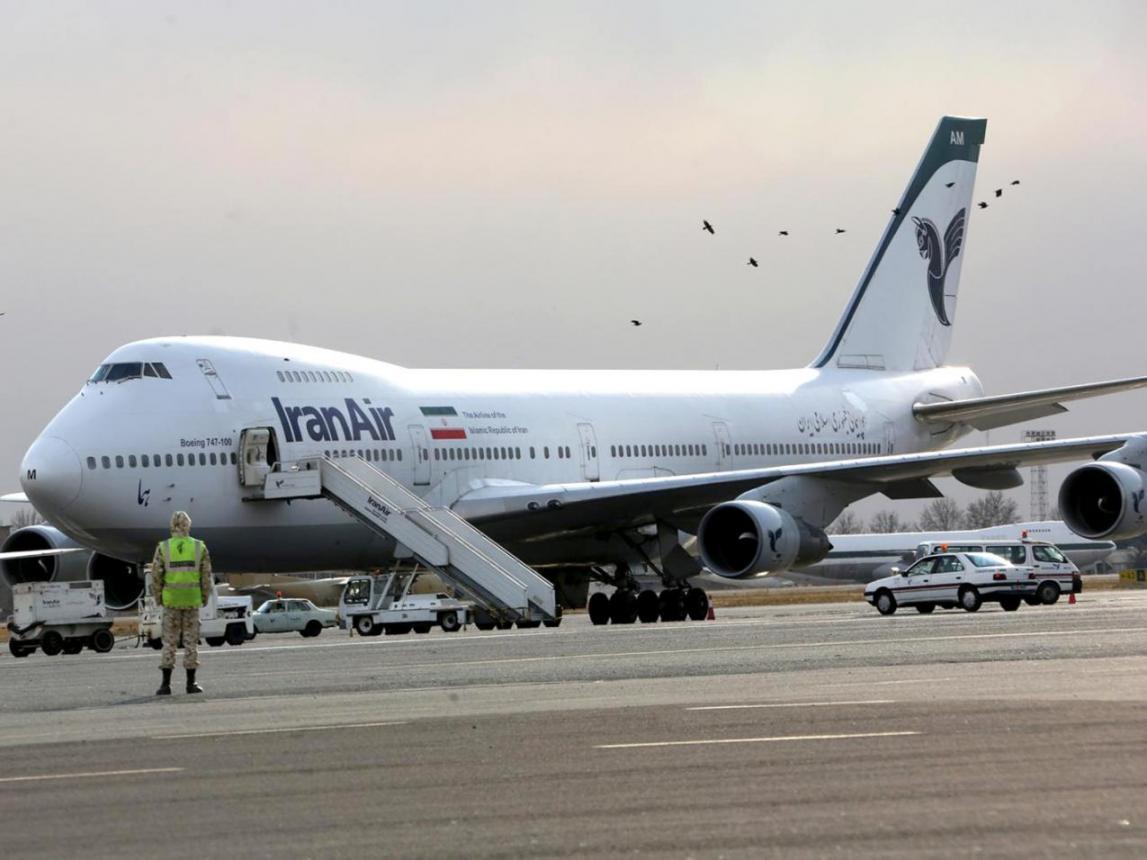After the removal of western sanctions against Iran as part of the July 2015 nuclear deal with world powers, the country has wasted no time to revitalize its battered aviation industry and dilapidated air fleet.
The sanctions were lifted in mid-January as the UN nuclear watchdog confirmed that Tehran has been abiding by its side of the deal to limit its nuclear program.
The first practical action was taken almost immediately after the sanctions removal, when Iran signed an agreement worth $10.5 billion to buy 118 Airbus planes for flag carrier Iran Air.
Recently, the government invited American plane manufacturer Boeing to negotiate the purchase of passenger aircraft after the US administration sent signals to Boeing regarding the removal of aviation sanctions.
This is while the Islamic Republic has been pushing for the revival of international flight routes it once handled before the imposition of sanctions. The drive comes as part of Iran's policy to reengage with the international community as soon as possible.
> Iran-UK Deal for 6 Flights a Day
After decades of frosty aviation relations, Iran and Britain have signed an agreement for up to six flights a day between the two countries, leading to speculation that Tehran airport could seize back its role as the express route to the Orient, British newspaper The Independent reported.
In the days when Abu Dhabi, Doha and Dubai were mere dusty refueling stops for intercontinental jets, the Iranian capital was an aviation crossroads. Budget travelers seeking “bucket shop” tickets to the East would often find themselves changing planes at unearthly hours to reach Delhi, Bangkok and Tokyo.
Iran Air, the oldest airline in the Middle East, at one time held the record for the longest scheduled flight: over 12 hours from Tehran to New York JFK. But international sanctions over Iran's nuclear program put paid to the country's aviation ambitions.
Flights from London continued, though for a time the airline was not allowed to refuel at Heathrow and needed to make an additional stop at Manston in Kent on the journey to Tehran.
At present, the only onward destinations from Imam Khomeini International Airport of interest to British travelers are Beijing, Mumbai and Kuala Lumpur. But with an order book for more than 200 new jets, permission to fly more frequently to Britain and dormant flying rights to many other Asian cities, Iran Air is back on course.
British Airways has announced a return to the city to which it first flew 70 years ago, but which it axed in 2012. Starting shortly after the end of Ramadan in July, the airline will fly six times a week from Heathrow to Tehran, going daily from October.
With return fares as low as £384 for the 5,500-mile round trip, BA is seeking to attract tourists to Iran. The Islamic Republic's London Embassy reopened last August, making it easier to get a visa.
> Tehran-Seoul Direct Flight After 40 Years
A direct air route linking South Korea and Iran will open for the first time in four decades following the lifting of sanctions against Iran, Yonhap news agency quoted the South Korean government as saying on Friday.
The Korean Ministry of Land, Infrastructure and Transport said it will give a flight license to Korean Air Lines Co., the country's largest air carrier, to ferry passengers and air freight four times a week between Incheon, the country's main gateway on the outskirts of Seoul and Tehran.
Korean Air, who won the license over rival Asiana Airlines Inc., is expected to start operation on the route within the year.
South Korea and Iran reached an aviation agreement in 1998 to allow South Korean airliners to run four flights of passenger and cargo planes.
But no South Korea-flagged passenger aircraft has landed on Iranian soil so far, while Iran Air had operated a Tehran-Incheon route via China's Beijing until 2007. The airway was suspended at that time due to the international sanctions imposed on Iran over its nuclear program.
Korean Air's cargo planes had flown the Seoul-Tehran route in the 1970s on an irregular basis.
Market watchers said the route will link South Korea and Iran with populations of 50 million and 80 million, respectively, with an estimated 40,000 passengers to travel by plane every year.
"Iran has abundant natural resources and consumers. It had been one of our biggest economic partners in the 1970s," the transportation ministry said in a release. "The opening of the direct flight route will foster business exchanges between the two countries and strengthen bilateral cooperation."
> MoU With Lufthansa
Flag carrier Iran Air and German airline Lufthansa have also signed a memorandum of understanding regarding technical and commercial cooperation.
The MoU was signed in a meeting in Tehran on Wednesday between Iranian transportation officials, including Iran Air’s CEO Farhad Parvaresh, Minister of Roads and Urban Development Abbas Akhoundi and a member of the Executive Board of Deutsche Lufthansa AG, Harry Hohmeister, IRNA reported.
The technical leg of the MoU consists of cooperation regarding maintenance, repair and overhaul. It also concerns collaboration regarding aviation software and navigation systems.
Commercial cooperation will play out in the fields of passenger and freight transportation.


